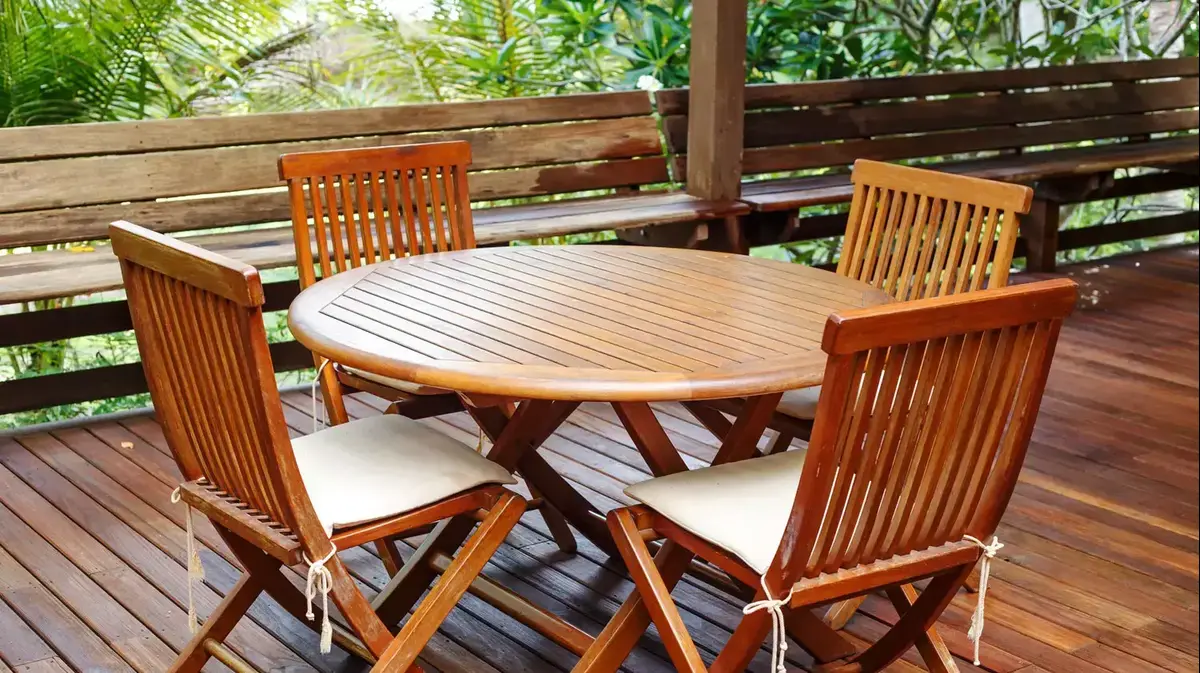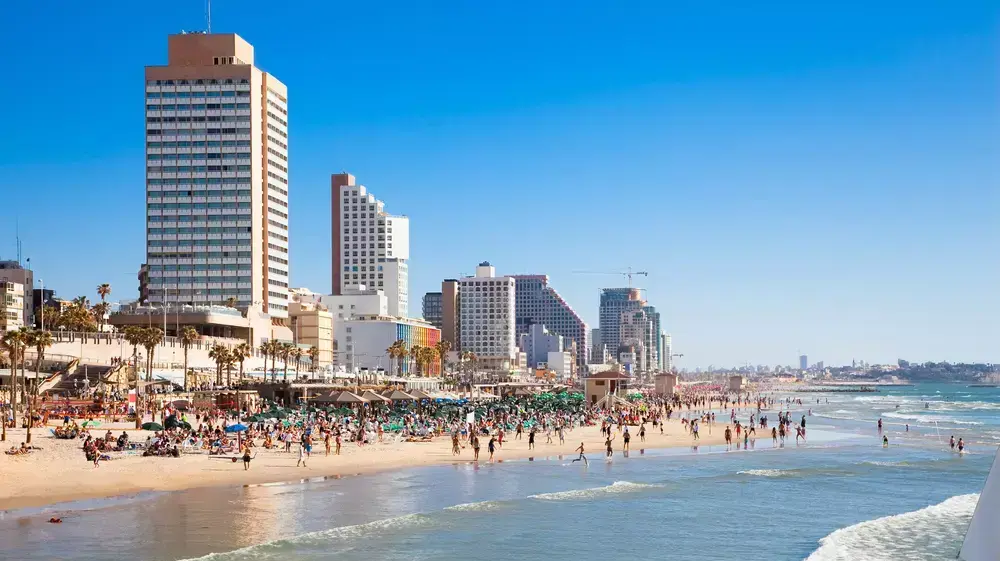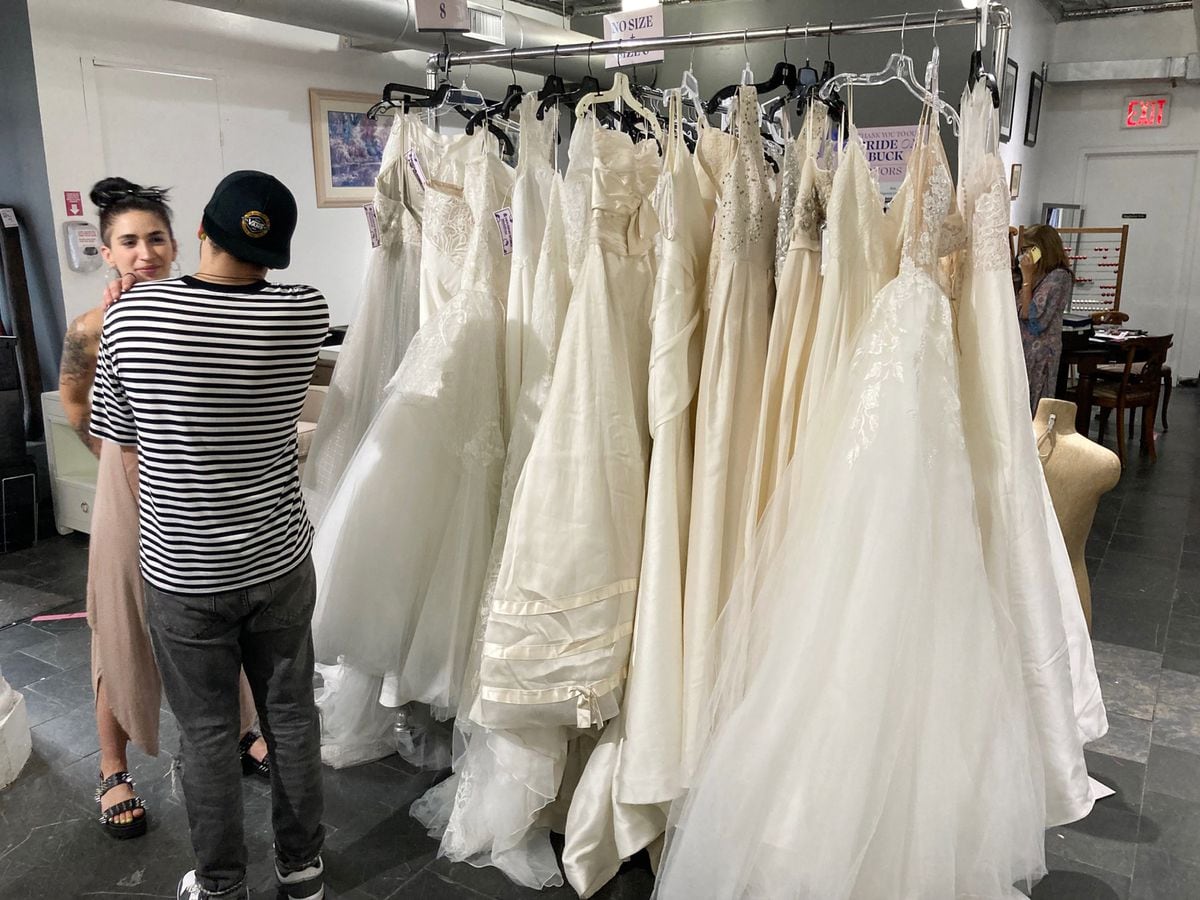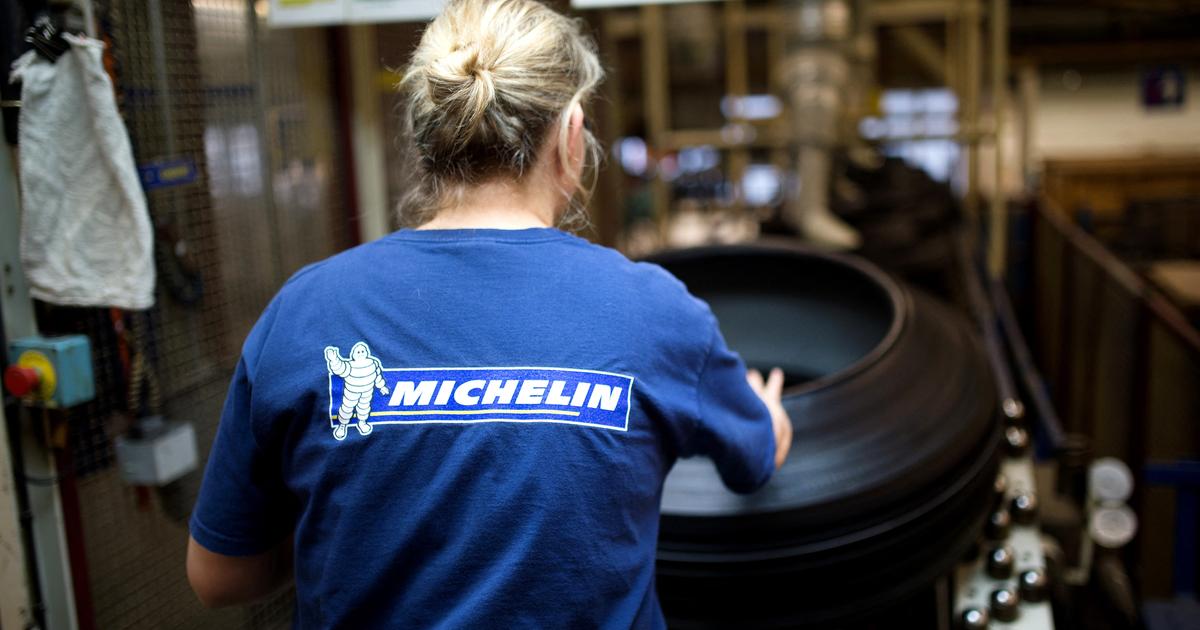Rapid Spare and Environmental Damage: The information not listed in the furniture catalog
Everyone already knows what the environmental damage is caused by the activity of fast fashion chains. Now, just before Tu B'Shvat, it's time to talk about the effect of fast furniture as well
Rapid Spare and Environmental Damage: The information not listed in the furniture catalog
Walla system!The dinner table I sat at for my Friday night meals was until a short time ago in my mother's living room. Four decades later, with a second coat of paint and a new upholstery for chairs, I could sit down with him with my children. Do the tables that are made and purchased today also create memories that will accompany families for several decades?
"Fast Furniture" is the nickname for home-made items that are produced in large quantities, in collections, and are sold at almost anyone's price (similar to fast fashion, which is led by large chains such as H&M, Zara, Primark, and more). For example, the Swedish furniture giant IKEA sells about 2,000 new products each year to its collections and one of its most popular items - the bookcase Billy - is sold in more than 60 million units worldwide.
Fast furniture is a market that rolls big money. In August 2019, IKEA reported $ 44 billion in annual sales. The price cut, the ability to replace products relatively easily, the preferences of a mobile and low-income young generation are some of the reasons for success, but fast furnishings have negative environmental effects that are largely untreated.
Let's start from the end. In 2017, according to the US Environmental Protection Agency, US residents dumped about 12 million tons of furniture waste (twice as long as 1990), only 20 percent recycled or used to generate energy (40,000 tons recycled and 2.4 million tonnes are used for burning energy) and the rest, about 9.8 million tonnes are transferred to landfills. One of the reasons for the limited scope is the multitude of materials - fabrics, wood, and metal - some of which cannot always be used again. Other products, such as mattresses, do not have common end solutions. In addition, in disposing of this type of waste, additional resources must be invested beyond regular household garbage.
More in Walla! NEWS More in Walla! NEWSThe game that is worth millions and is geared towards saving the coral
To the full articleMore in Walla! NEWS
Alphabet missed out on fourth-quarter revenue by nearly $ 1 billion Partner opposes merger with Hot: $ 5.6 million cheek slap for Israeli consumer: Super Bowl commercials are doing everything they can to stay indifferent Where to buy real estate in Israel at a reasonable price? Promoted ContentMostly trees, but also lots of plastic
Fast furniture relies on conveyance - which involves greenhouse gas emissions - in a supply chain where sub-manufacturers are responsible for various components assembled together at an endpoint and then shipped to the store (and subsequently to the customer). The product is usually packed with cardboard and plastic packaging, along with simple, sticky tools. While customer assembly reduces emissions to a single unit, thanks to more efficient flat packaging, this is because of the operational incentive to invest in a design that will save on logistics expenses and make it easier for customers to take home the product.
Most of the resources required for production are trees. IKEA, for example, uses one percent of the tree produced annually in the world - from 50 different countries - and in the meanwhile 76 percent of the trees they use come from sources that they define as "more sustainable." The furniture industry as a rule does not necessarily use wood from licensed forests: Indonesia, which is a fast-moving furniture maker, has in recent years reduced its forests in its territory, but in 2018 it was still the third largest in the world in terms of one of the world's richest tropical forests.
Beyond the wood, the fabrics used in high-end furniture are usually synthetic, such as polyester, which is derived from fossil fuel and breaks down into micro-plastic particles. Cotton comes most often from industrialized and environmentally unfriendly growth. And besides packaging, fast furniture includes relatively fast-moving plastic accessories, metal parts and a synthetic cocktail: adhesives, paints, and flame retardants in mattresses (and IKEA case-specifics) should add that the company's catalog is printed in more than 200 million copies each year - A figure that makes it the most widely used print product in the world, even more so than the Bible book).
More in Walla! NEWS More in Walla! NEWSThe bamboo will replace the cement? The green construction that will protect the environment
To the full articleFurniture (Photo: shutterstock)
Wooden seating area (Photo: ShutterStock)
Buy less, buy well
Of course, there are more environmentally friendly furniture, but the problem with them is the price, and especially the cost of wages. Production in Western countries is unable to cope with the costs of mass production of cheap materials and low salaries in Asian countries. However, there are a number of alternatives with a lower environmental seal and a more sustainable concept. Some companies (for example, Danish Reform or Norse Interiors American) offer upcycling (renewing) furniture. That is, they market a variety of components that can be clad on furniture (especially the IKEA chain) and thus refurbish or give it a different look. On the one hand companies are enjoying the standardization of fast furniture, on the other hand there may be a problem of copyright and the opening of a facade with the larger companies.
The Feather or Fernish sites offer rental furniture with the freedom to exchange items without spending the full amount each time. Such a company has an incentive to use quality furniture and invest in extending the life of the items because it increases its profit margins.
Australian Handcrafted takes a different approach and tries to create a community of local and existing artists who work personally with clients with full transparency about the raw materials and their production so that they last for a long time. Australia also operates a program for licensing environmental and social responsibility covering a wide range of products, including furniture.
More in Walla! NEWS More in Walla! NEWSThat way you can invest smartly in an age of changing climate
To the full articleRound out the furniture
"Although IKEA could change faster, with the exception of some consumer demand, it has no regulatory or business pressure to change."Despite the criticism, IKEA seems to be taking first and significant steps in environmental responsibility: expanding its reliance on forests licensed, direct management of its own forests, developing plastic substitutes for packaging, or converting the automotive fleet into electric trucks. IKEA also announced that it intends to follow the principles of the circular economy by 2030. Recently, the company (meanwhile, in a small number of chain stores) has been experimenting with furniture rental projects, refinishing furniture, and furniture repair.
"Although IKEA could change faster, with the exception of some consumer demands, it has no regulatory or business pressure to change," enthuses Avi Blau, head of the Afeka Institute of Engineering and Circular Economy. "Therefore, a statement about the adoption of the circular economy should be viewed as desirable. This commitment is more difficult to realize than other environmental commitments - zero emissions, for example - and it faces two major difficulties: a multi-manufacturer supply chain that is often out of control, as large as So, for example, coated or glued products do not yet have a successful solution for separating the components for reuse or recycling, so there is a fantastic step here that, even if IKEA does not fully meet it, can make a difference. The American consumer giant Walmart also failed to achieve all its goals, despite many efforts Environmental she has set itself, but the retail market moving in a positive direction can be followed and that is what will happen fastest furniture market. "
More in business More in businessHow delicious: a company event that speaks to all senses
In collaboration with "Hermoso"
To the full articleThe article was prepared by "Angle - Science and Environment News Agency"



/cloudfront-eu-central-1.images.arcpublishing.com/prisa/IRPSFGXGNBF6XC6ZUTAXRV2FIU.jpg)

/cloudfront-eu-central-1.images.arcpublishing.com/prisa/QK5SRMLF2FGM7NVA5WEHNDBPGU.jpg)









